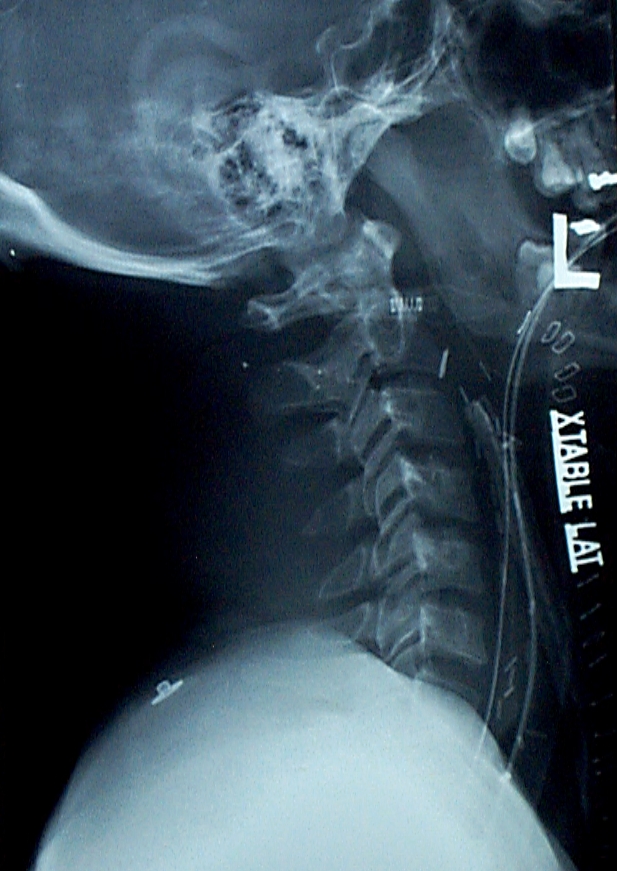Now it’s time to look at the logistics involved in carrying out a field amputation/dismemberment. There are two main considerations here: getting the right people and equipment to the scene and keeping them safe. The following presumes that the procedure will be done by a physician who is based at a trauma center. It will be different if performed by other trauma professionals.
Getting there includes an obvious problem: what happens when the physician leaves the hospital? For emergency physicians, there are generally several on duty, so one will not be missed too much. For surgeons, it’s a bit different. Other surgeons may be available in the hospital during the daytime, although they may have other responsibilities keeping them busy. At night, it becomes much more of an issue, as there may be only one surgeon (or ED physician, for that matter) available for the hospital. They will probably be unavailable for several hours once they are involved in the field amputation process.
The easiest solution is to utilize the backup trauma surgeon. All Level I and II centers must have one available within a “reasonable” time frame, typically 30 minutes. There are two possibilities: the in-house trauma surgeon leaves, the backup proceeds to the hospital for coverage (if in-house is required), or the backup surgeon is transported to the scene, leaving the on-call surgeon to manage as usual.
The choice is up to the trauma center, but this issue needs to be considered in advance. The best solution takes geography into consideration. Since most transports to the scene will be made by helicopter, it is easier to use the trauma center’s helipad to pick up the on-call surgeon. If an in-house surgeon is not used, consideration must be given to the nearest safe landing zone, and this may mean that an out-of-house surgeon would have to travel to the hospital for pick-up.
Once on scene, the physician must ascertain that the area of the incident is safe. This is important for the well-being of the patient, the rescue crews, and the patient. If the scene cannot be made safe, it is impossible to render care, even if the patient is in grave trouble.
Bottom line: Each trauma program and EMS agency must think through these details in advance and develop a policy for who goes to the scene and how they get there. And safety for all is of paramount importance.
The next post will review the equipment needed for field amputation.


